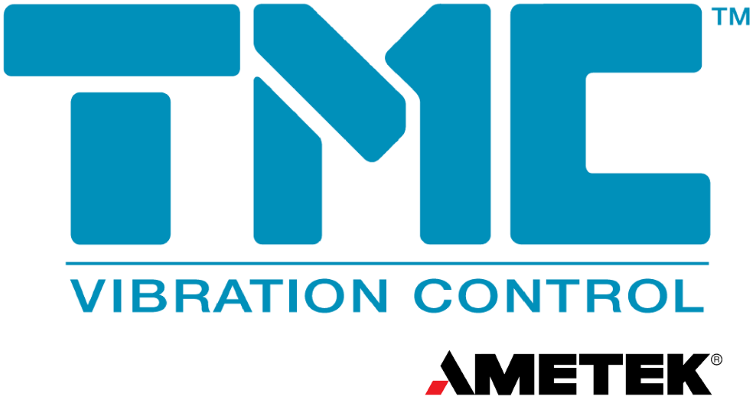People regularly ask what the difference is between vibration damping and vibration isolation. These phrases can be used interchangeably sometimes, but they are distinct. TMC Sales and Applications Engineer, Jake Porrazzo, uses the CleanBenchTM to illustrate the disparity between damping and isolation in this clip.
Damping, in short, refers to how efficiently a tabletop stops disturbances from propagating through it; in this example, researchers use the CleanBench top. Broadband damping is used in the CleanBench top and other optical tables. These tops are built in such a way that disruptions are diffused before they reach other areas of the top.
For example, a thoroughly damped top would do a good job of keeping vibration from reaching other sections of the top if you had a device placed upon the top that made its own vibration, such as a motor or switch. A top with poor dampening would not. This is damping.
Video Credit: TMC Vibration Control
In the video, Jake illustrates damping by kicking an undamped steel top and a heavily damped CleanBench top. The CleanBench top does a far better job of turning vibration energy to entropy before it reaches the ping pong ball. This form of disruption is dissipated by the CleanTop’s special construction.
The separation of the top from the floor vibration is known as isolation. The Micro-g® pneumatic isolation legs are used on the CleanTop to accomplish this.
Jake kicks the platform on which the CleanTop is situated to demonstrate how the isolator legs minimize floor vibration from reaching the top’s surface proportionate to their transfer function. The legs float on compressed air for the first kick, as they would in normal operating conditions.
For the second kick, Jake turns off the pressurized air, making the legs hard isolators rather than floating. The accelerometer plot shows that tough isolators do little to keep floor vibrations from reaching the tables, whereas Micro-g legs give excellent vibration isolation.
Since they do not do anything to detect floor vibrations, pneumatic isolators are commonly referred to as “passive” vibration isolators. Active isolators, like the STACIS device, include sensors that detect and respond to floor vibration.

This information has been sourced, reviewed and adapted from materials provided by TMC Vibration Control .
For more information on this source, please visit TMC Vibration Control .